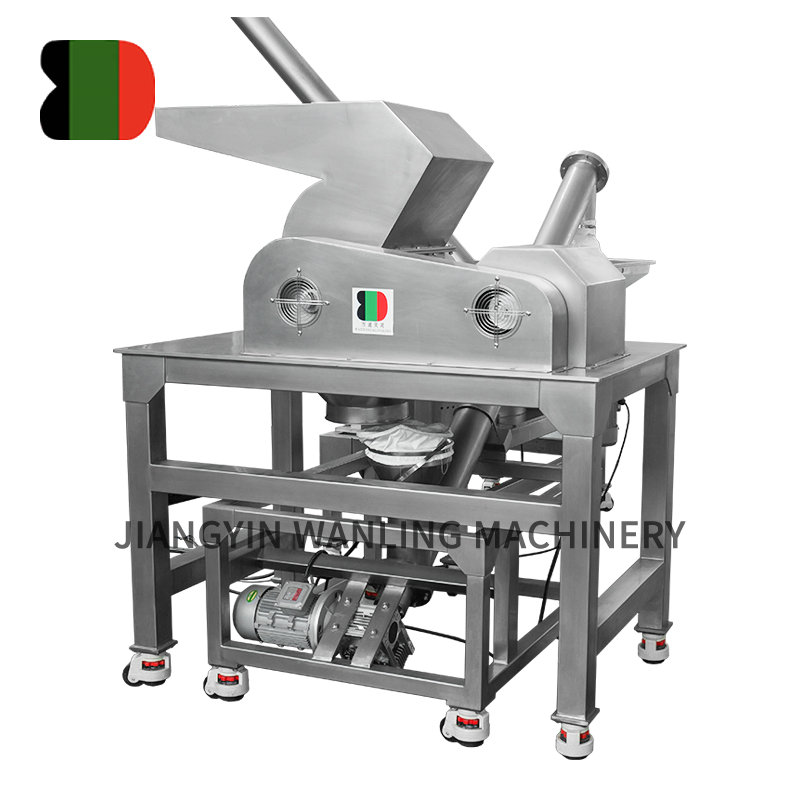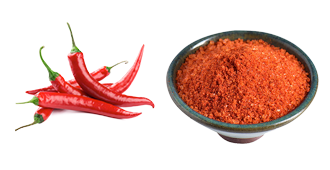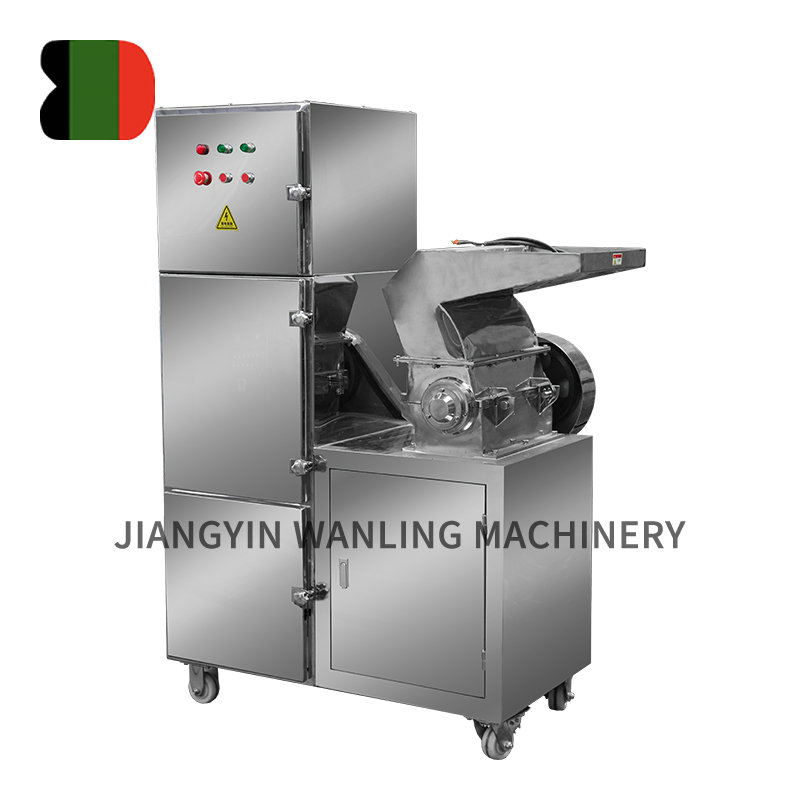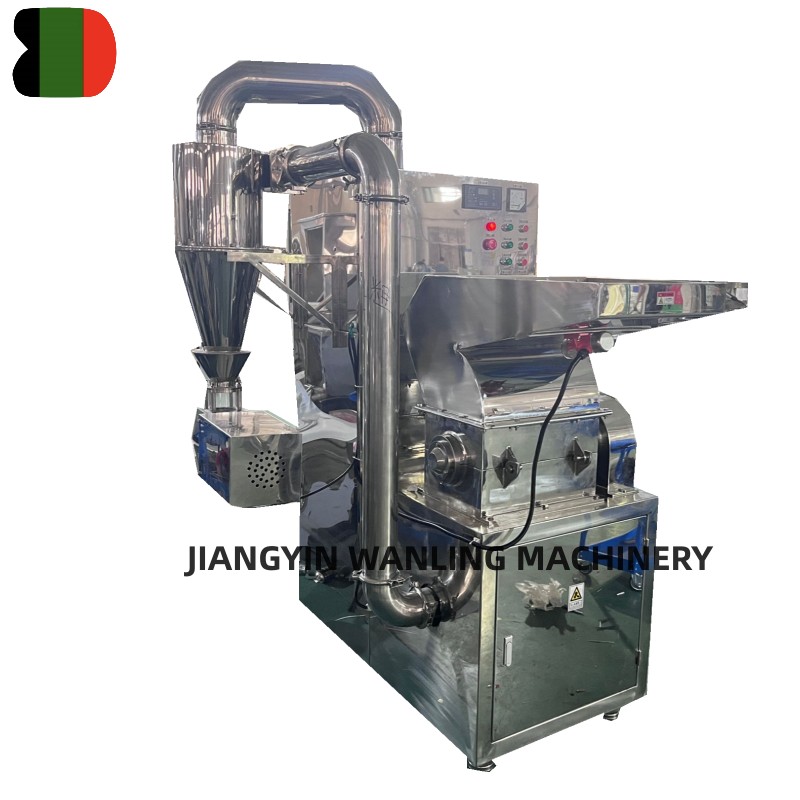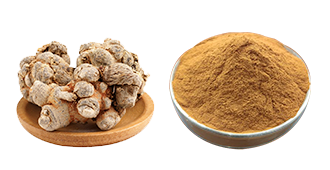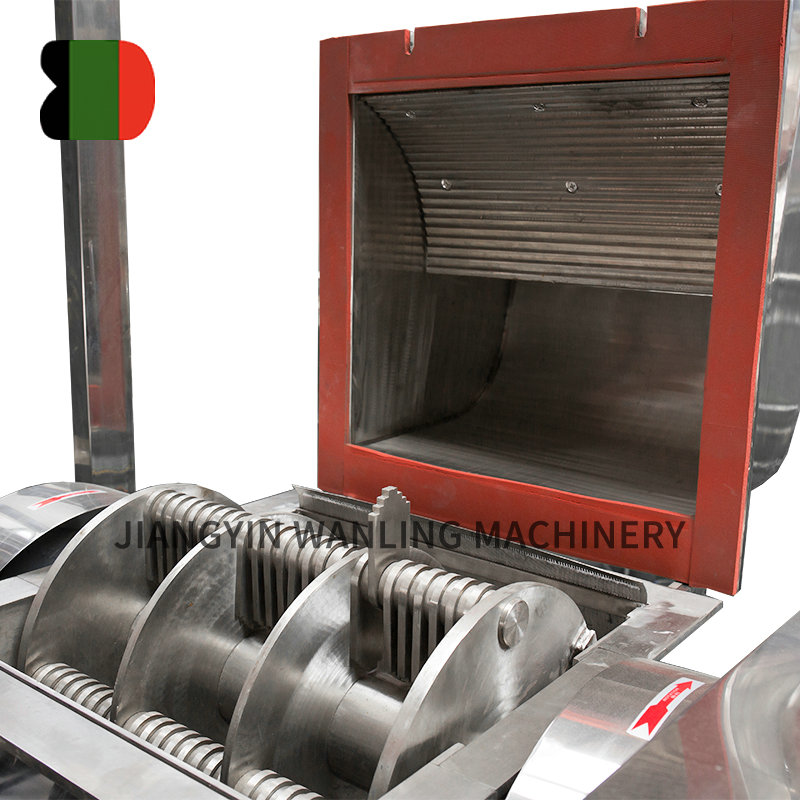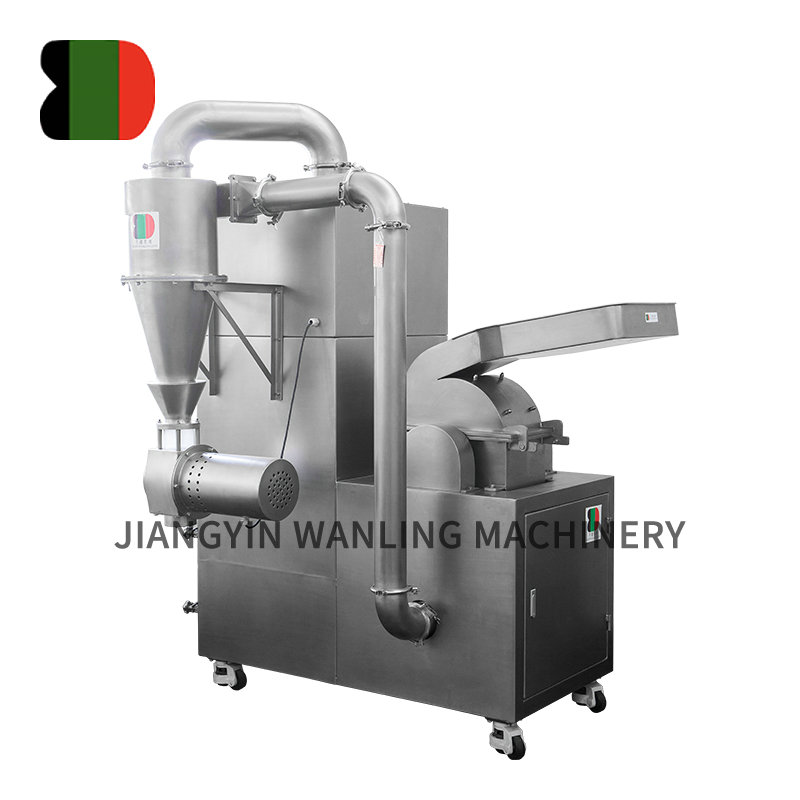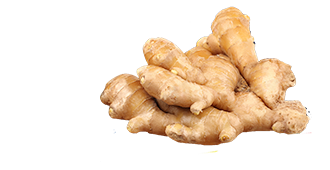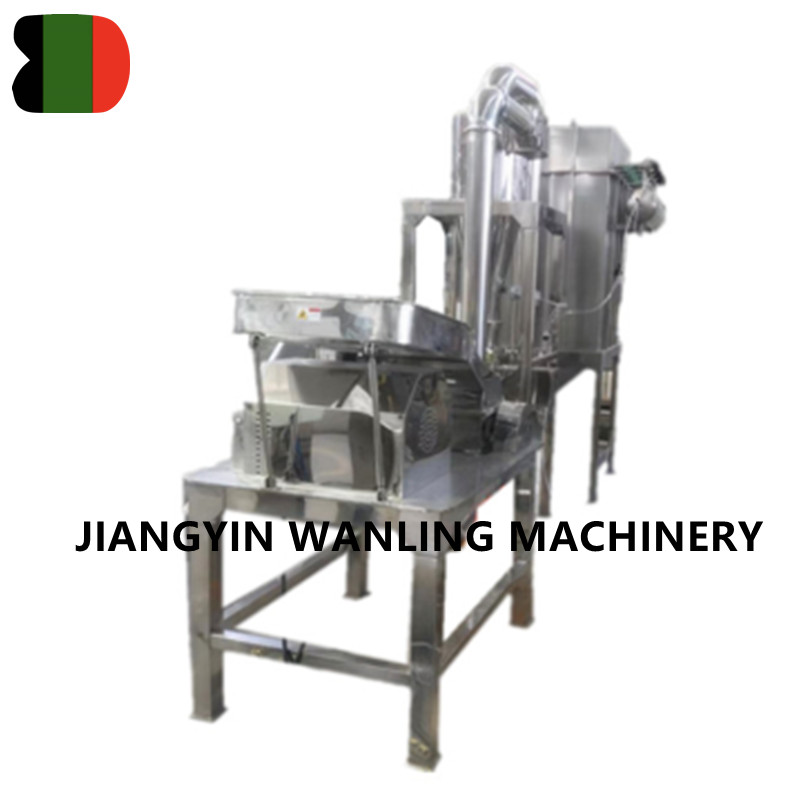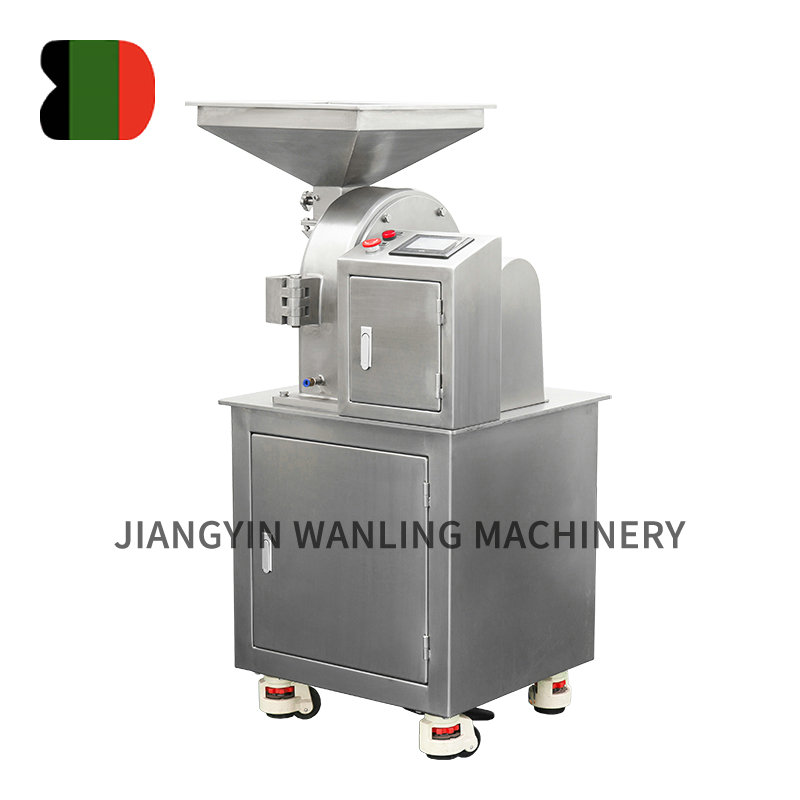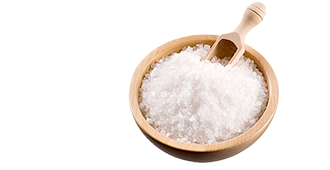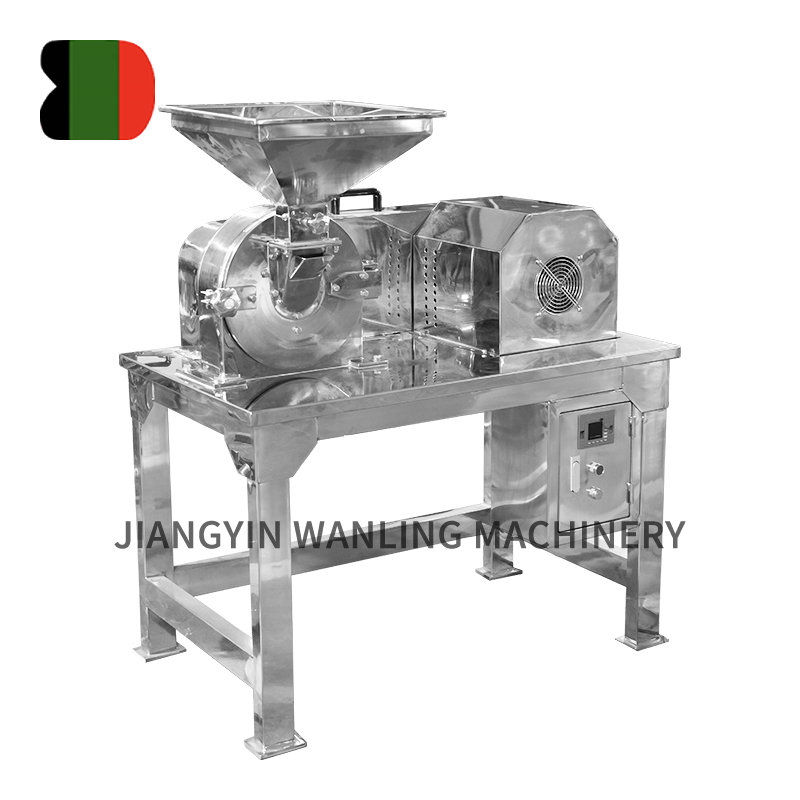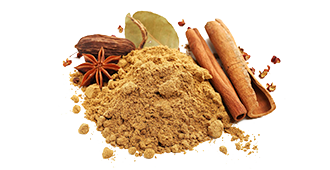Yes, a double screw mixer can accommodate both dry and wet mixing processes, making it a highly versatile piece of equipment for various industrial applications. The design of the double screw mixer allows it to handle a wide range of material consistencies and compositions, ensuring thorough and uniform mixing for both dry and wet materials. Here’s a detailed exploration of how a double screw mixer manages these processes:
Dry Mixing Processes
Dry mixing involves blending powders, granules, or particulate materials without the addition of any liquid. This type of mixing is common in industries such as pharmaceuticals, food, chemicals, and construction.
Key Features for Dry Mixing:
Homogeneous Blending:The intermeshing screws of a double screw mixer provide effective shearing and folding actions that promote uniform distribution of fine powders and granules.
Low Shear Mixing:Adjustable speed and torque allow for gentle mixing, which is beneficial for fragile or heat-sensitive materials that could degrade under high shear conditions.
Segregation Minimization:The design of the screws helps prevent particle segregation, ensuring that even materials with different particle sizes and densities are mixed uniformly.
Dust Control:Sealed mixing chambers and appropriate venting reduce dust generation and containment, which is critical for maintaining a clean working environment and preventing contamination.
Batch and Continuous Processing:Double screw mixers can be used in both batch and continuous processes, providing flexibility in production scale and volume.
Heat Management:For materials sensitive to temperature changes, double screw mixers can incorporate cooling systems to dissipate heat generated during the mixing process.
Applications in Dry Mixing:Pharmaceutical Powders: Blending active pharmaceutical ingredients (APIs) with excipients to ensure uniformity.
Food Ingredients: Mixing flour, spices, and other dry ingredients for food production.
Chemical Powders: Homogenizing pigments, catalysts, and other chemical powders.
Construction Materials: Blending cement, sand, and additives for dry mortar mixes.
Wet Mixing Processes
Wet mixing involves combining solids with liquids to form slurries, pastes, or dispersions. This process is prevalent in industries like pharmaceuticals, food, cosmetics, and chemicals.
Key Features for Wet Mixing:
Efficient Dispersion:The intermeshing screws effectively incorporate liquids into dry materials, ensuring even wetting and dispersion of all particles.
Shear Control:Adjustable speed and screw design allow for control over the shear applied, which is crucial for forming stable emulsions and dispersions without damaging sensitive materials.
Viscosity Handling:Double screw mixers can handle materials with a wide range of viscosities, from thin slurries to thick pastes, ensuring thorough mixing regardless of consistency.
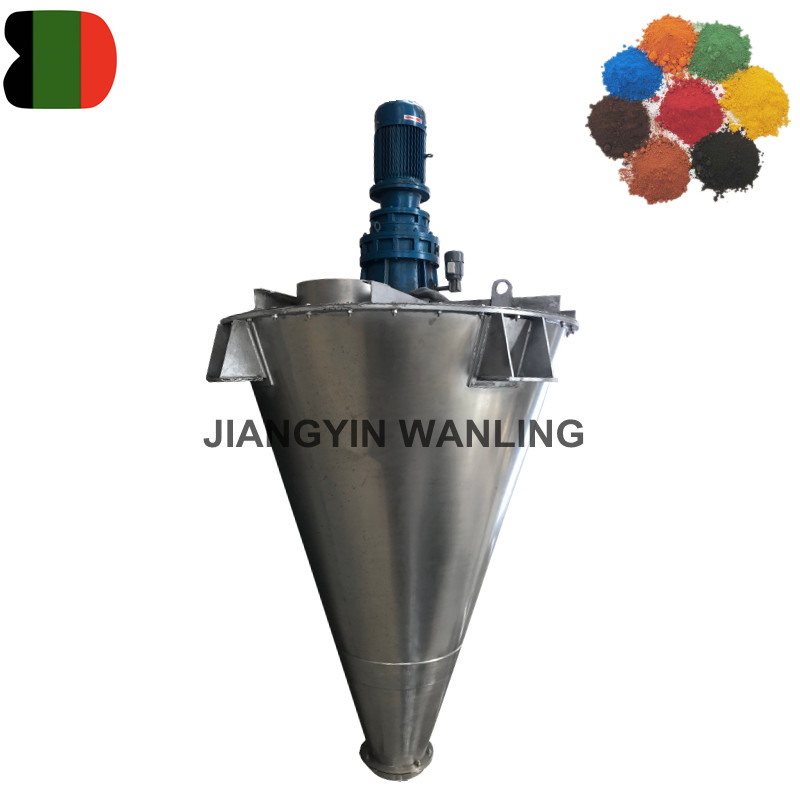
Uniform Mixing:The counter-rotating or co-rotating screw design ensures that all material is subjected to consistent mixing action, which is essential for achieving uniform consistency and composition.
Heat Integration:Heating elements can be integrated to maintain or raise the temperature of the mixture, which is beneficial for processes requiring thermal activation or maintaining fluidity.
Batch and Continuous Processing:Capable of both batch and continuous wet mixing processes, offering versatility in handling varying production requirements.
Applications in Wet Mixing:Pharmaceutical Suspensions: Mixing active ingredients with solvents or carriers to create uniform suspensions or emulsions.
Food Pastes and Slurries: Combining dry and wet ingredients to produce doughs, batters, and other food mixtures.
Cosmetic Creams and Lotions: Blending oils, water, and emulsifiers to create stable cosmetic products.
Chemical Slurries: Dispersing solid particles in liquid mediums for chemical manufacturing processes.
Design Considerations for Both Processes
To effectively handle both dry and wet mixing, a double screw mixer should incorporate certain design features and operational considerations:
Flexible Screw Design:
Screws should be easily adjustable or replaceable to accommodate different material characteristics and mixing requirements.
Material Compatibility:The mixer’s components should be made from materials that are resistant to corrosion, wear, and chemical attack to handle diverse mixing tasks.
Sealing and Containment:Proper sealing mechanisms are necessary to prevent leakage and contamination, particularly when transitioning between dry and wet mixing processes.
Ease of Cleaning:The mixer should be designed for easy disassembly and cleaning to prevent cross-contamination between different batches or product types.
Control Systems:Advanced control systems can facilitate precise adjustments in speed, temperature, and mixing time, enhancing the mixer’s adaptability to different processes.
Double screw mixers are highly adaptable and capable of handling both dry and wet mixing processes effectively. Their design allows for precise control over the mixing environment, making them suitable for a wide range of materials and applications. Whether blending powders or incorporating liquids into solids, double screw mixers provide the versatility and performance required to achieve consistent and high-quality results.



 Español
Español